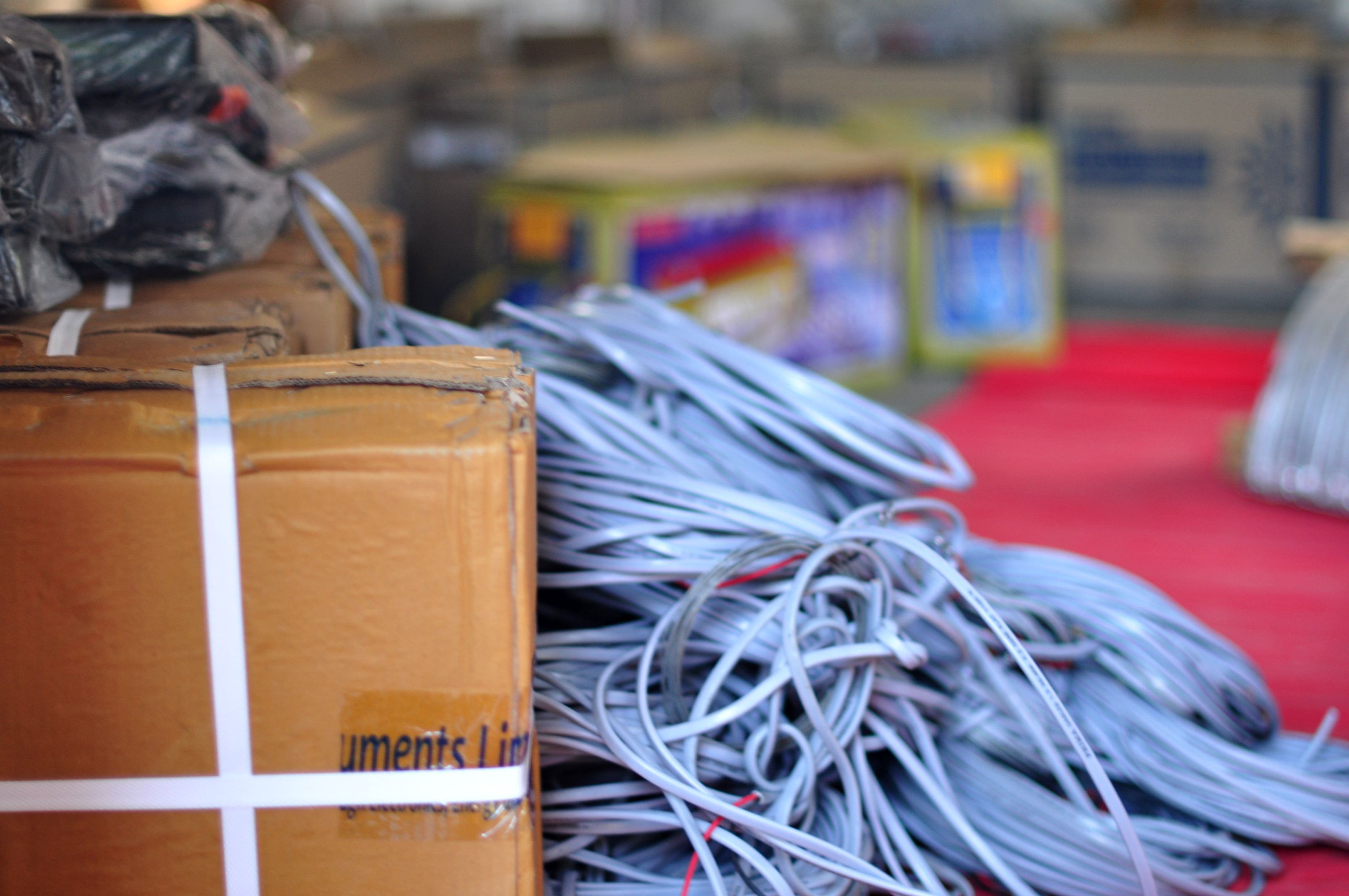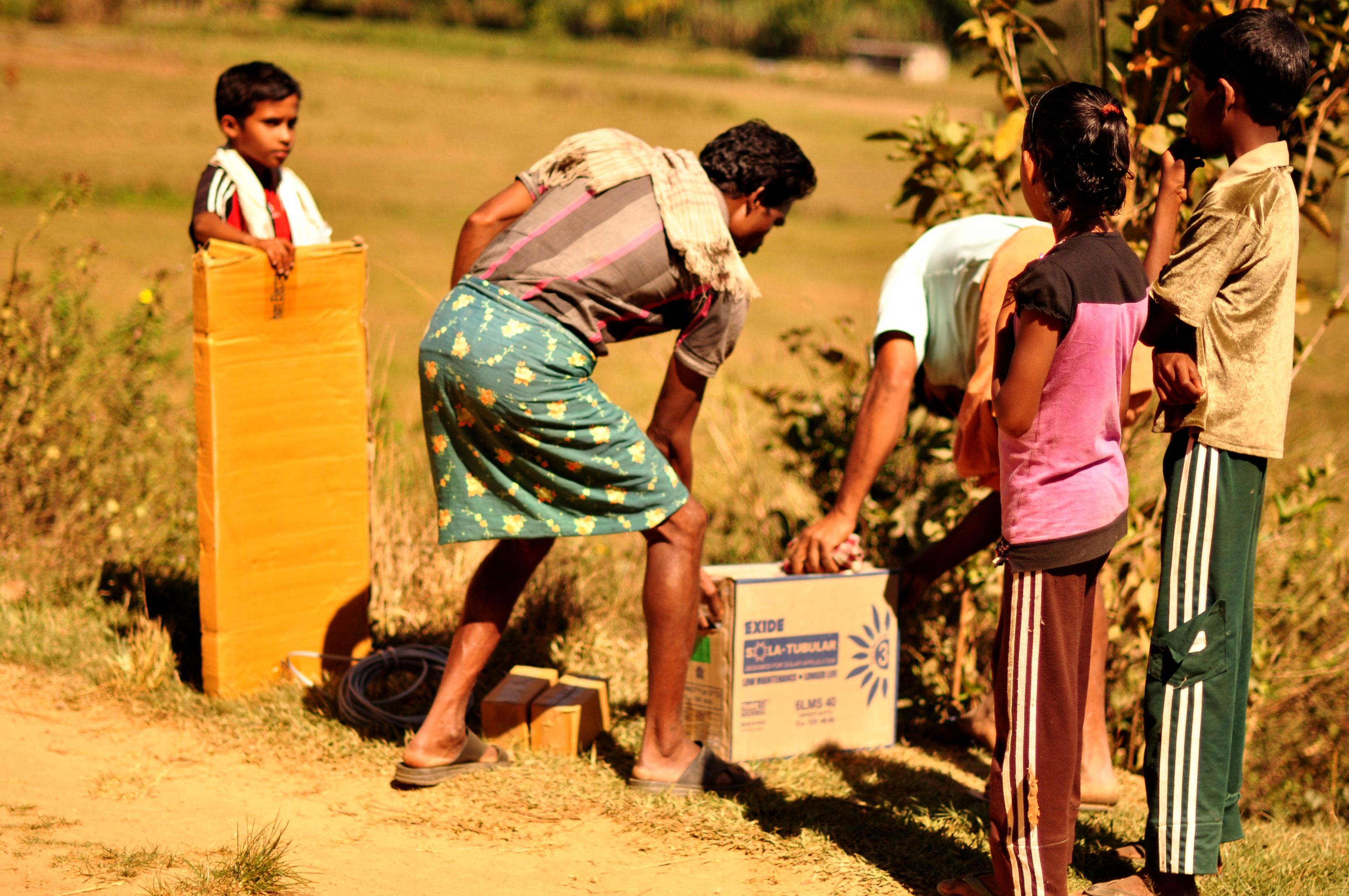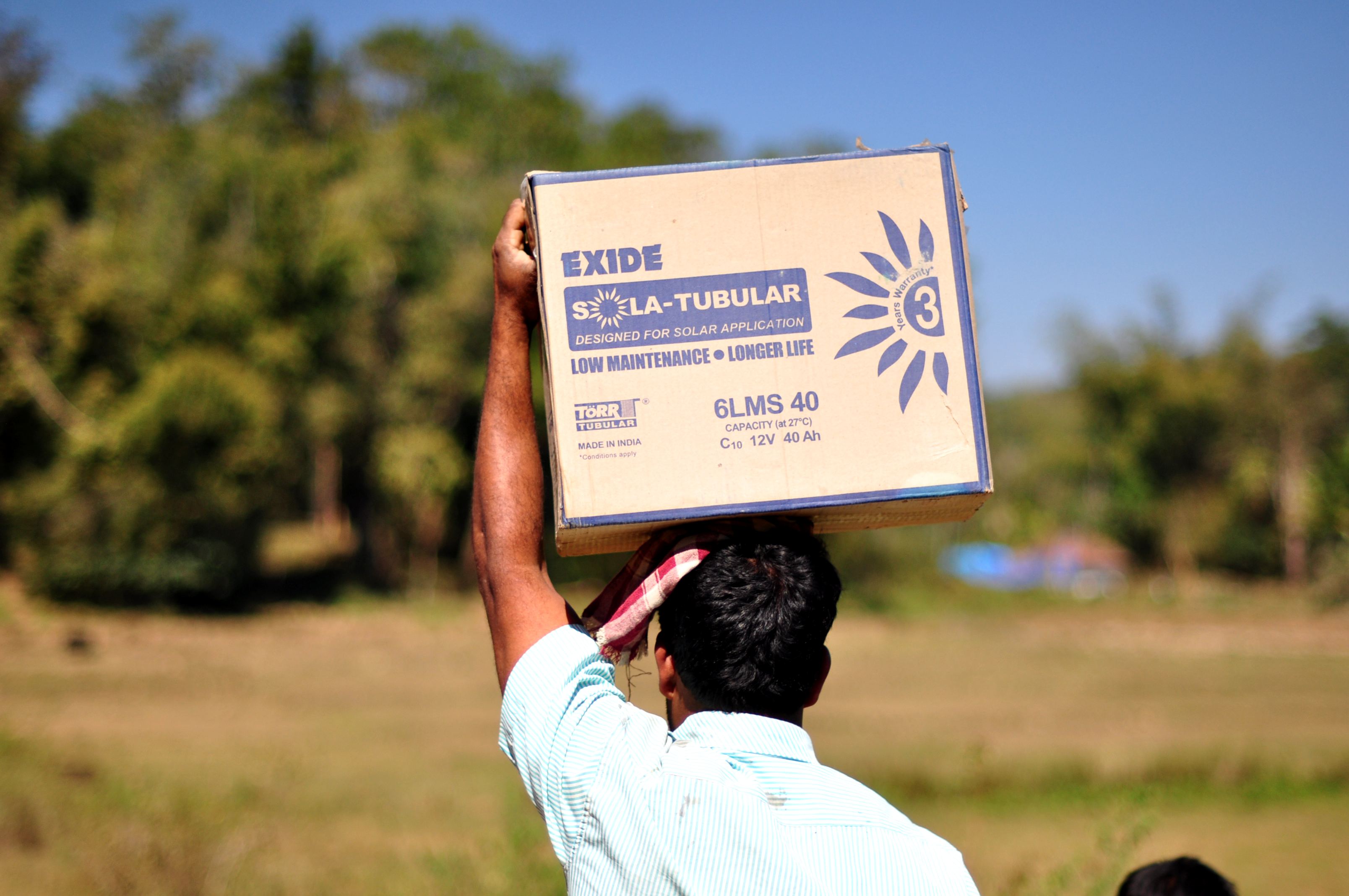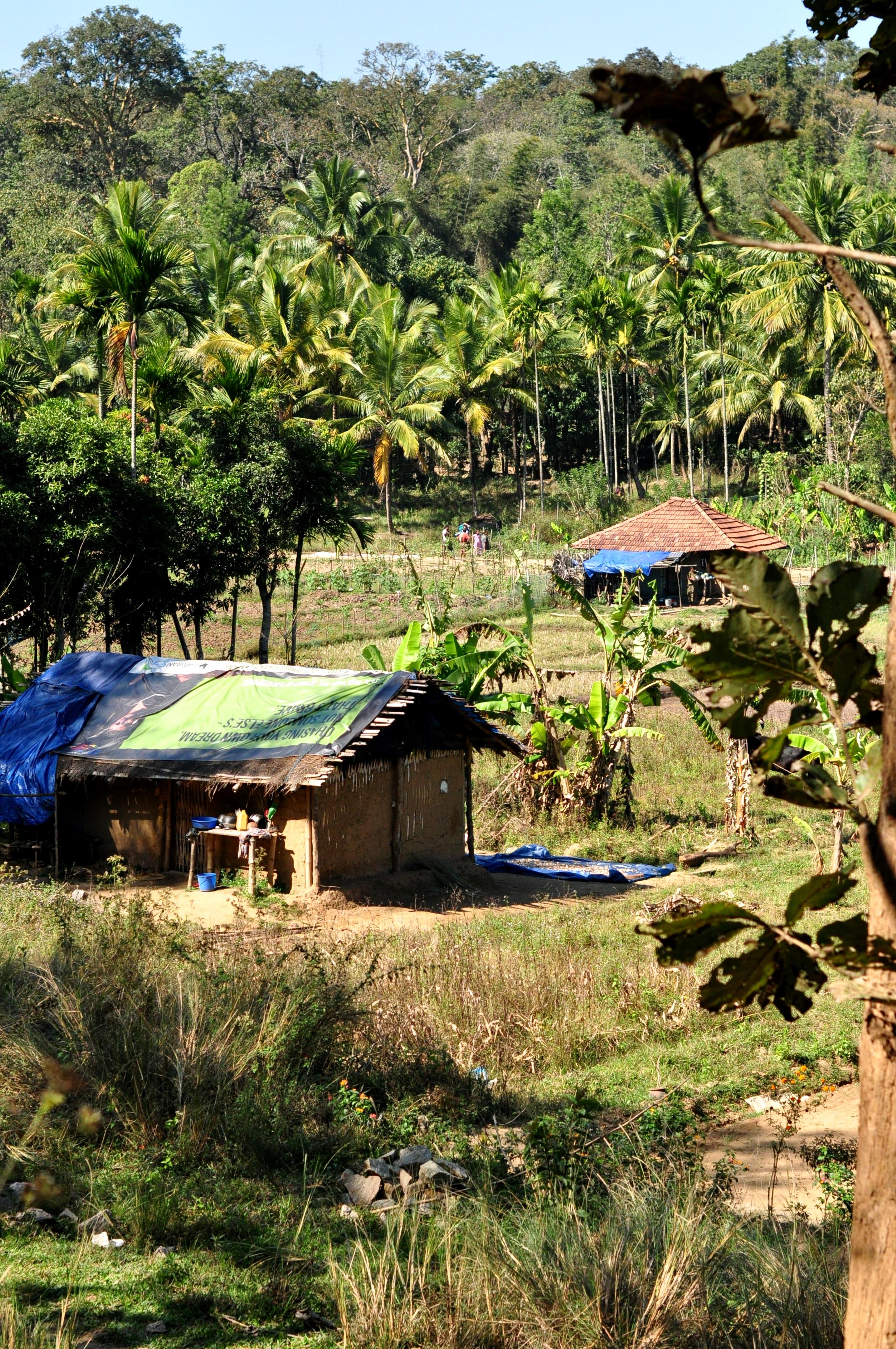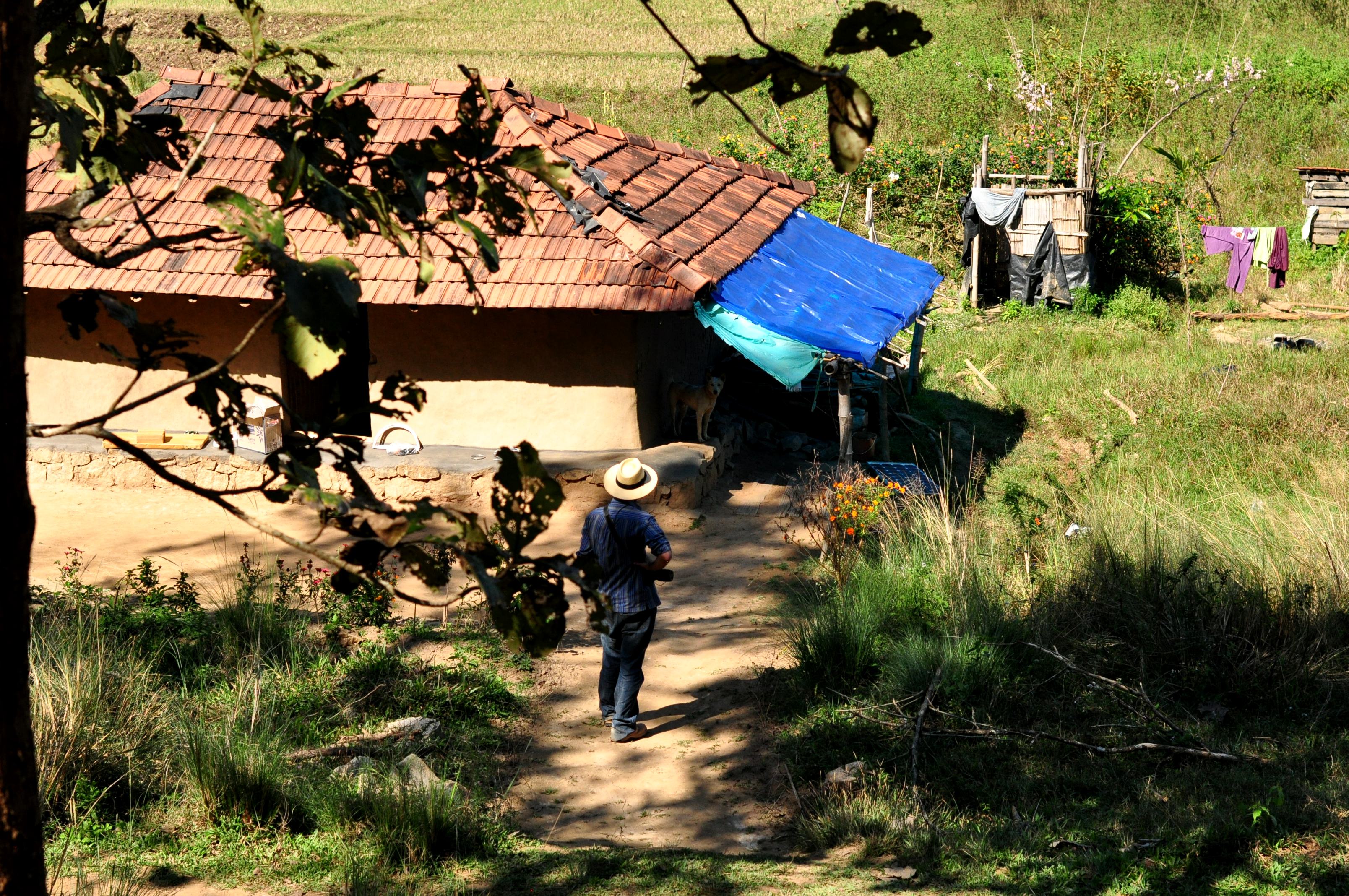Solar Home Lighting Systems
Project Details
Wayanad
district is one of the 90 most backward districts in India. La gente de este distrito dependen principalmente de la agricultura para ganarse la vida y casi 17.5 % of the local population are indigenous people. Hay muchas aldeas remotas lejos en el distrito que no tienen una conexión con el sistema de suministro de electricidad. Esas aldeas suelen estar aislados y localizados en zonas montañosas y / o forestales. The residents depend on fuels like kerosine or candles to at least bearly illuminate their houses. But the lack of electricity is also an isolating and inhibiting factor itself in that it prevents them from using modern communication technologies like mobile phones or even home appliances as well as it hinders students to study in the evening – just to mention a few consequences.
Project Description
Electricity networks in Wayanad are located around major urban centers. La lejanía de algunas zonas rurales y la topografía hace que una expansión del suministro de electricidad a aquellas áreas a través de un sistema de red centralizada difíciles. Ahi esta, therefore, an urgent need to explore renewable, fuentes alternativas de energía sostenibles que se pueden mantener en un nivel descentralizado y proporcionada por las poblaciones indígenas y pobres. La energía solar es considerada la fuente más importante de energía rural. Consequently, there is a huge potential for solar energy development. Pero ha habido una serie de obstáculos críticos para esto en el pasado como altos costos iniciales de la tecnología, the absence of technology service providers and a lack of support from the central energy ministries.
The innovative approach of barefoot college has demonstrated the effective application of solar energy in rural areas. The barefoot concept involves community level capacity building in installation and maintenance of solar systems through a network of rural electricity workshops and trained barefoot solar engineers. Those engineers are working as electricity entrepreneurs in remote villages and are trained to assemble and maintain complete solar photovoltaic systems.
Based on survey data, two panchayaths of Wayanad, namely Meppadi and Noolpuzha, were identified to be the least developed in Wayanad, with a huge number of families settling in forest areas without any electrical connection. Those villagers, a lot of whom indigenous people living below the poverty line, had to depend on fuels like kerosene to illuminate their houses.
Two young indigenous women from Wayanad were trained for 6 months by Barefoot College in 2014 para instalar los sistemas solares. Desde enero 2015, 145 solar systems were installed by the solar engineers even in the remotest areas of both panchayaths.
But our mission is by far not completed yet. During recent field visits to other remote areas near Muttil, we have located further households to be equipped with solar systems soon.
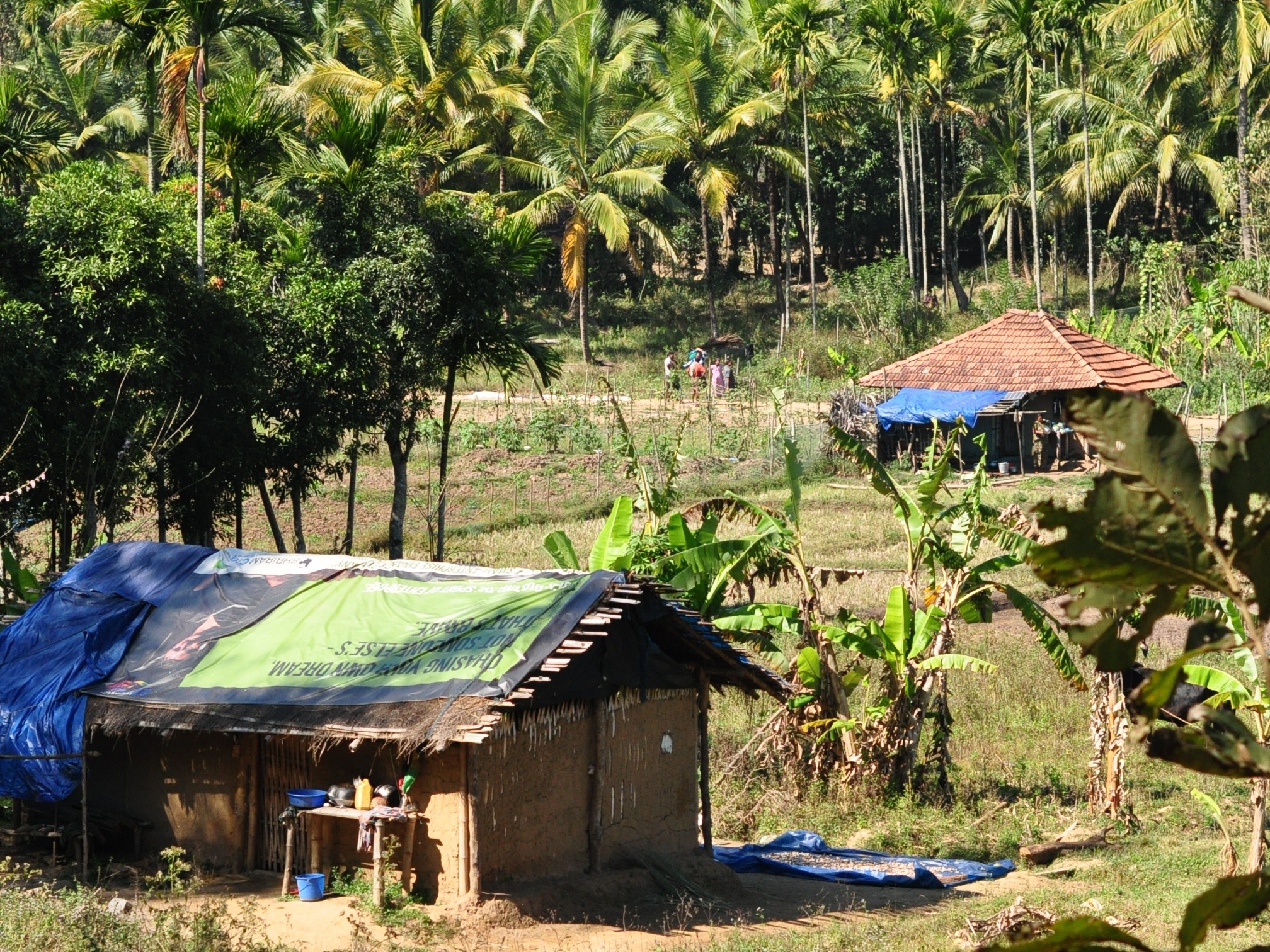
Scenario
A view of village
Inside the houses
No había electricidad o de cualquier fuente de luz que no sea lámpara de queroseno .
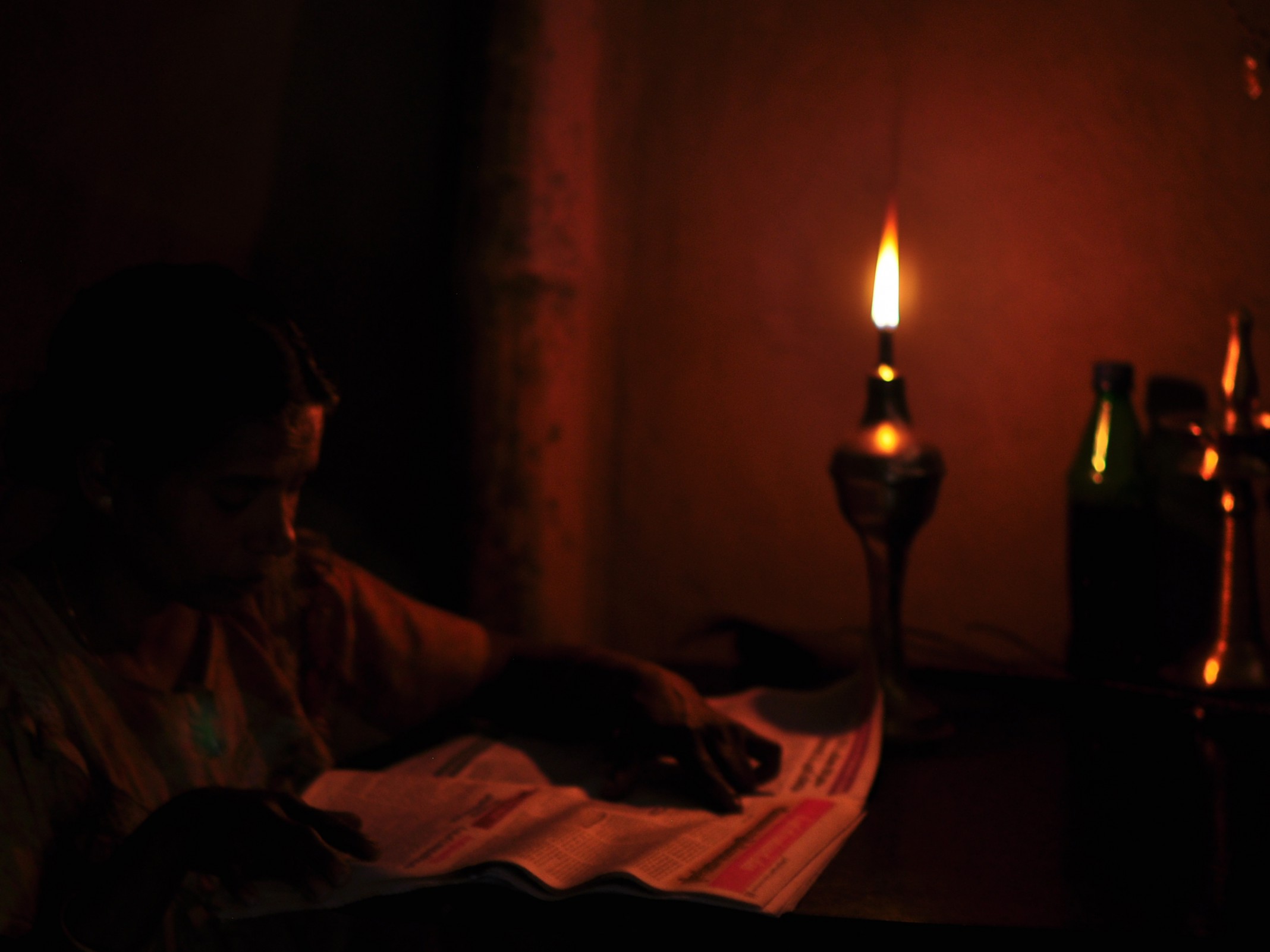
Distribution
Check out this small video to know how does the solar project go on. Se puede ver descalzo solar ingeniero solar y el personal se mueve alrededor de la aldea rural aislada en el bosque de la comprobación del sistema de iluminación solar y fijándolo.

